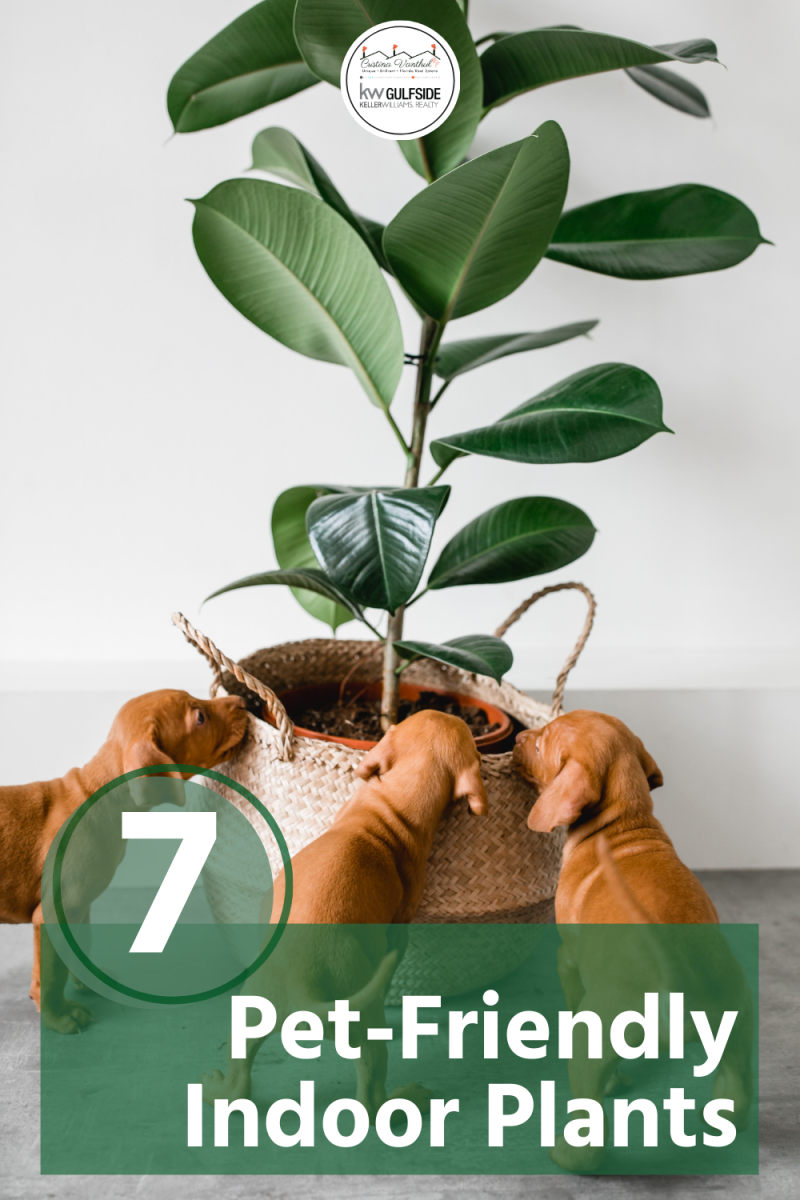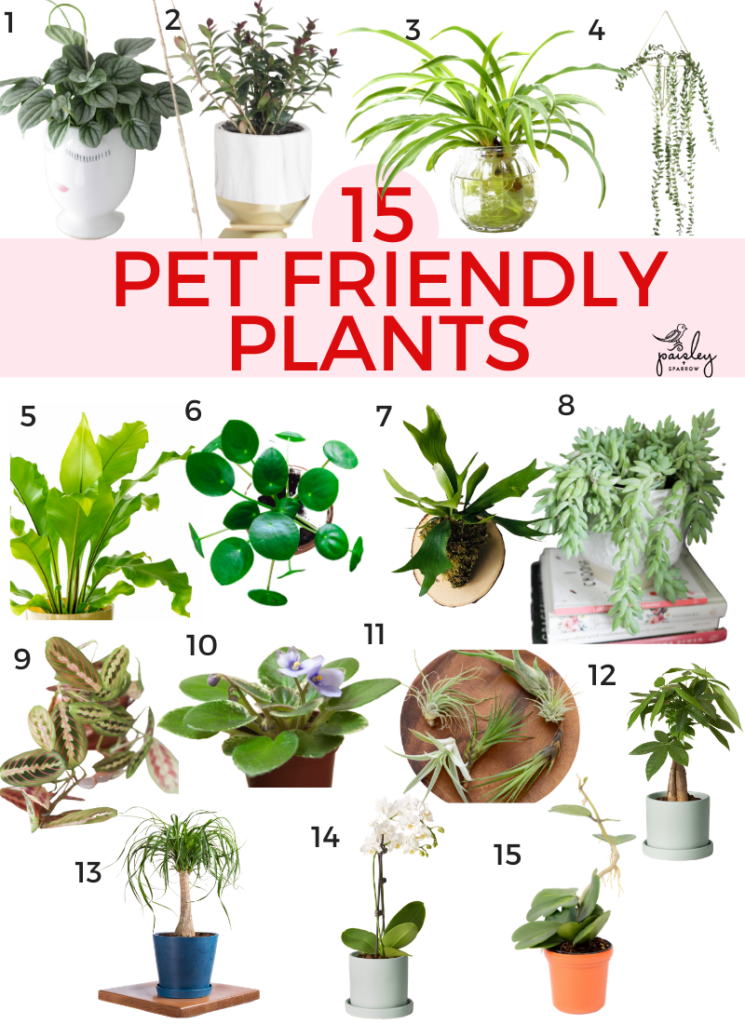

It got its name when it was discovered in 1894 among a shipment of similar “sword” ferns that was en route to Boston.īoston Ferns thrive in humid environments in indirect sunlight. Despite it’s name, this plant is actually native to Florida, Central America and South America. If you’re looking for a lush, draping fern that is non-toxic to pets, try the Boston Fern. Boston Fern (Nephrolepis exalta bostoniensis) There are lots of great online resources for orchid fans, so if you’re curious, read up and find the perfect specimen to enliven your home.ĥ. They are also quite adaptable, making them a popular variety for first time orchid growers.
#PET SAFE HOUSE PLANTS WINDOWS#
Phalaenopsis are native to Southeast Asia, and thus prefer east or southeast windows where the light is not too intense, warm daytime temperatures and moderate-to-high humidity. Orchids have a reputation for being difficult to cultivate, but several types, including the phalaenopsis orchid, can thrive indoors. Orchids are a stunning, graceful addition to any home that also happens to be non-toxic to cats and dogs.
#PET SAFE HOUSE PLANTS SKIN#
According to the ASPCA, contact with the skin can cause dermatitis, while ingestion can cause oral irritation, salivation and vomiting.Ĥ. Note: The Baby Rubber Plant’s larger cousin, the Rubber Tree (or Ficus benjamina), is actually toxic to dogs and cats. The baby rubber plant is yet another succulent, so it also thrives in indirect sunlight and needs only minimal watering. Shiny and compact enough to fit in a variety of stylish containers, a baby rubber plant is a great addition to a pet-friendly apartment. Leave it outside or in bright sunlight for half the year, and it’ll be just fine indoors in lower light during the winter. The ponytail palm is actually not a palm but is instead a succulent. Its characteristic wispy palms grow lush, long and green with relatively low upkeep. To add some beachy feel to your land-locked apartment or house, try a beautiful ponytail palm tree. On a more positive note, with proper care, these plants can live for decades, and can be propagated and passed down from family member to family member to delight multiple generations! This makes them a popular, non-toxic holiday plant option for dog and cat owners.Įven so, you should discourage inquisitive pets from nibbling on your cactus, as eating the fibrous plant material can upset their stomachs and potentially lead to vomiting and diarrhea. Christmas and Thanksgiving Cacti get their names because they flower in winter, with reddish pink blooms appearing just in time for the holiday season. These lovely succulents are great for amateur gardeners, as they need only moderate maintenance and thrive in indirect sunlight. Christmas Cactus (Schlumbergera bridgesii) and Thankgiving Cactus (Schlumbergera truncata)

Check it out, and add some flora to your already fauna-friendly home!ġ.

We’ve pulled together a list of seven beautiful, varied and popular houseplants that are non-toxic to cats and dogs. Picking the perfect houseplant is hard enough, but finding a plant safe for your pets can make it even harder.


 0 kommentar(er)
0 kommentar(er)
